PRSLSR-XX01 Spade Tooth Heat Sink
Using high thermal conductivity copper material C12200, specification: 6*33*59 (mm), the heat sink with 0.25 thickness * 0.65 pitch * 39 tooth fins is processed, and the accuracy is within 0.02.
The integrated production of the heat sink has stable heat transfer performance, greatly improved heat dissipation area, heat dissipation efficiency and longer life of heating elements. Products are used in military industry, new energy, communications, servers, industrial computers, large equipment, LEDs and other places that require rapid heat dissipation.

Because copper has nearly double the thermal conductivity than aluminum, copper heat sinks are much more effective at heat spreading. Copper also has 40% higher heat capacity, meaning devices with transient heat loads or spikes will have better temperature regulation when mated with a copper heat sink.
Nevertheless, copper heat sinks have two notable drawbacks–they're significantly heavier and more expensive than aluminum heat sinks. Fortunately, there is a third option that provides the heat spreading of copper heat sinks, yet is less expensive and significantly lighter. Hybrid heat sinks employ a hybrid copper-and-aluminum construction that combines the advantages of copper and aluminum, providing a superior cooling solution for a wide array of embedded applications.
Heat spreading versus thermal resistance
When discussing a heat sink's performance, a distinction must be made between the heat sink's overall cooling capability, sometimes referred to as cooling power, and its heat spreading capability. Cooling power is typically quantified in terms of the heat sink's thermal resistance , which is a measure of the temperature rise above ambient per dissipated watt on the top of the device. Thermal resistance is specified in degrees C per Watt (°C/W). The lower the value of thermal resistance, the higher is the cooling power of the heat sink.
Whereas, heat spreading capability is primarily a function of a metal's thermal conductivity, thermal resistance is a function of multiple factors including thermal conductivity, but also the heat sink's surface area, airflow, fin geometries and other issues.
For embedded system designers, it's not necessary to understand all of the complexities underlying a heat sink's design. It's sufficient for most designers to understand conceptually how a heat sink's cooling power or thermal resistance differs from its heat spreading capability and to know some basic rules of thumb regarding copper heat sinks.
Specifically embedded systems designers should understand how the use of copper affects thermal resistance to a varying extent. Given two identically structured heat sinks–one made of aluminum and the other made of copper–the copper heat sink will always offer lower thermal resistance.
However, the actual reduction in thermal resistance will be more pronounced in those cases where the heat sink is larger than the semiconductor device being cooled. The larger the difference between the footprint of the device and the heat sink, the greater the impact of heat spreading, and the greater the difference in thermal resistance for copper and aluminum heat sinks.
Embedded cooling
The heat loads associated with state-of-the-art semiconductors in embedded applications demand heat sinks with substantial cooling capability. Typically, that means the heat sinks need to have large amounts of surface area. One way to achieve greater surface area would be to build heat sinks with taller fins. But that's not an option in many cases since popular standards such as PCI Express, Compact PCI, and ATCA impose height constraints on board-level components. So heat sinks need to be low profile.
To achieve large surface areas in low-profile environments, the footprint must be increased rather than the overall height. This leads to very large footprints for the heat sinks.
These types of large footprint, low-profile heat sinks are in fact becoming popular in embedded applications. They're being used to cool single integrated circuit (IC) devices as well as multiple ICs. Using one heat sink to cool multiple devices is a common solution for maximizing heat-sink surface area in embedded applications.
Copper shovel tooth heat sink
Product Specification:
Heat dissipation type : copper, aluminum, heat pipe electroplating welding module
Appearance size : according to customer needs
Advantages of shovel tooth aluminum heat sink
1. The heat sink and the heat dissipation substrate use a piece of profile, and there is no connection point, and the heat conduction efficiency can reach 100% of the profile material.
2. The shovel cutter can process the heat sink very thin (thinner than the cut profile heat sink) and improve the heat dissipation efficiency
3. The CNC machining process of the shovel teeth of the heat sink is simple
Processing method: chipping fins
Surface treatment: outside anti-oxidation treatment
Size: 6*80*120(mm)
Material:copper
colour:As shown
Package Contents:
1 * Pure copper radiator
Only the above package content, other products are not included.
Note: Light shooting and different displays may cause the color of the item in the picture a little different from the real thing. The measurement allowed error is +/- 1-3cm.

 русский
русский español
español 中文
中文





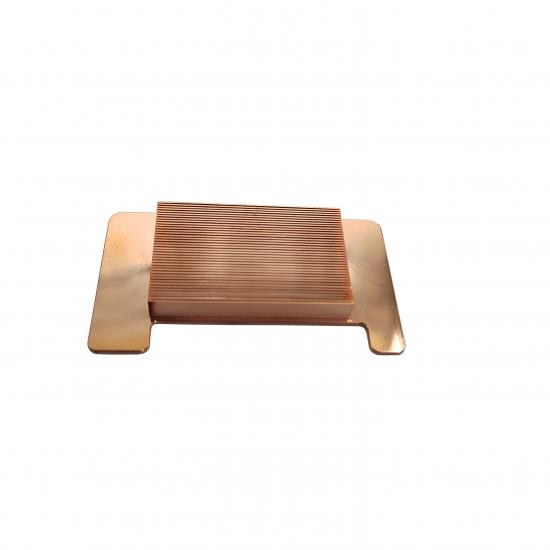
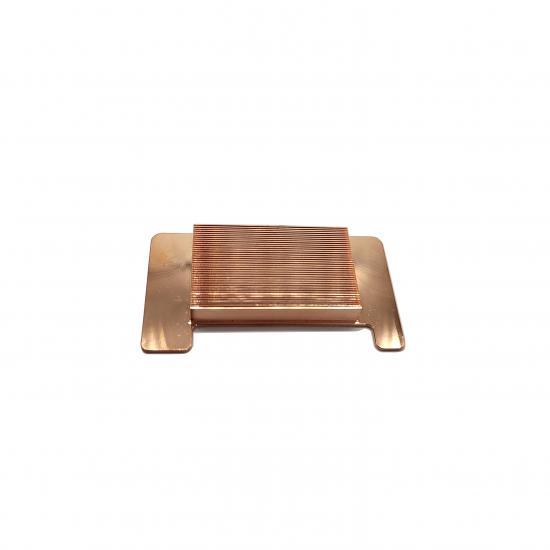
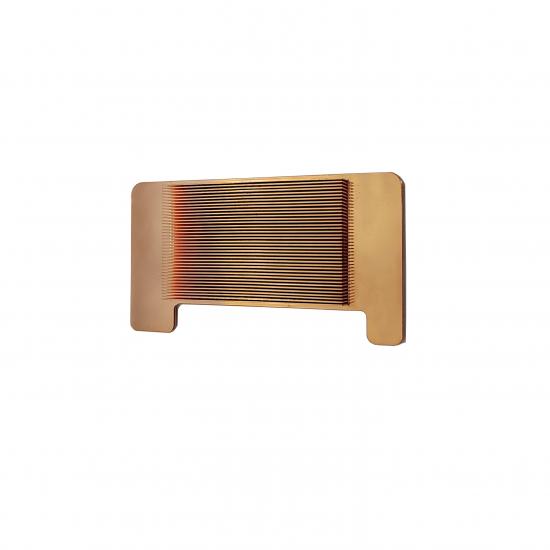
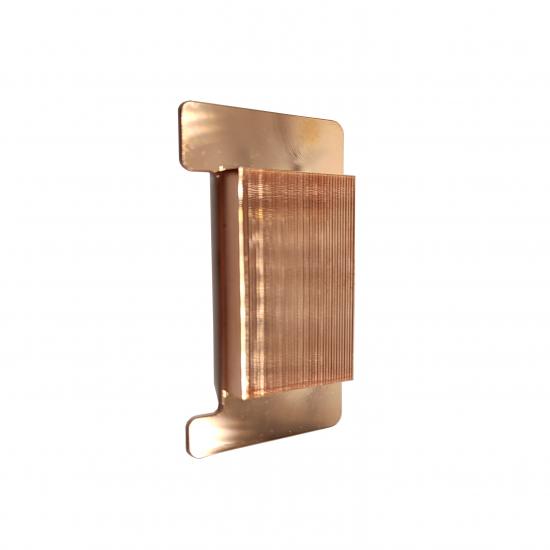
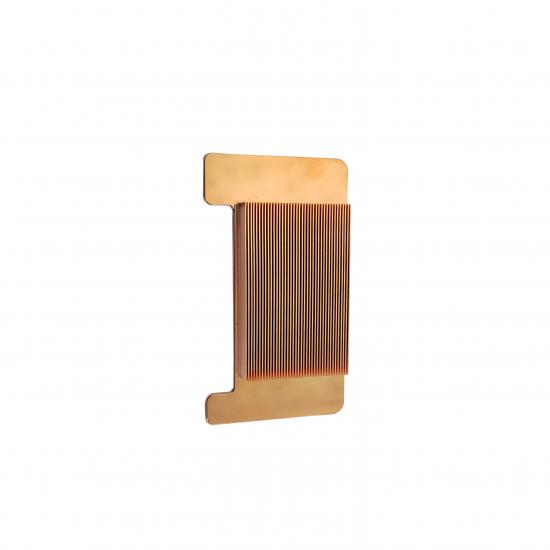
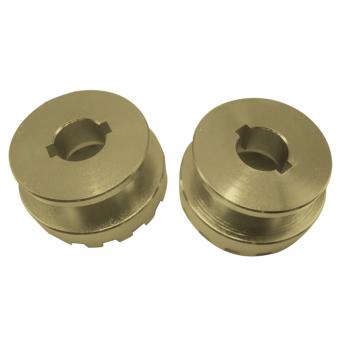
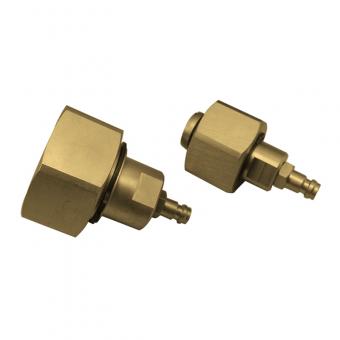
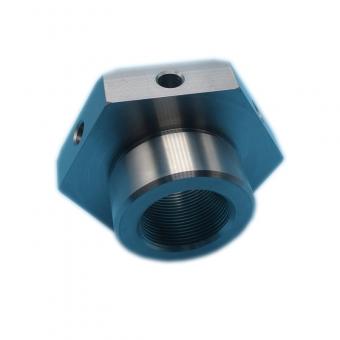
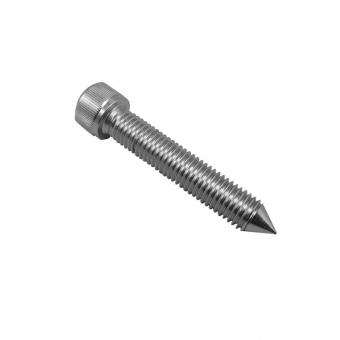
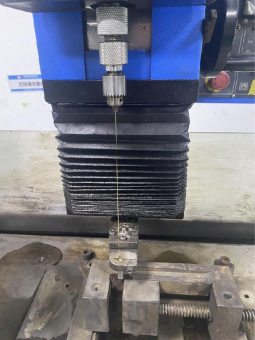
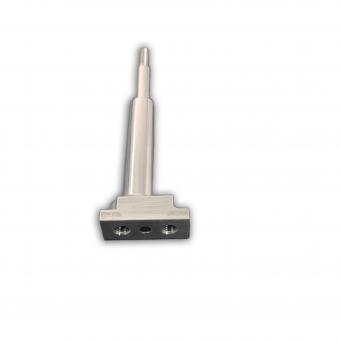
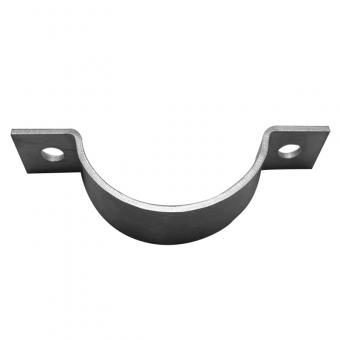
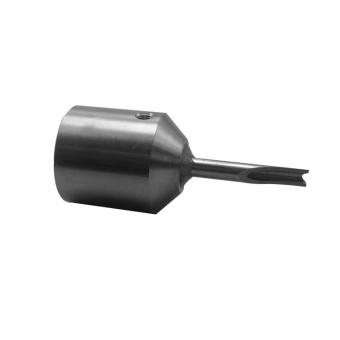

 Leave A Message
Leave A Message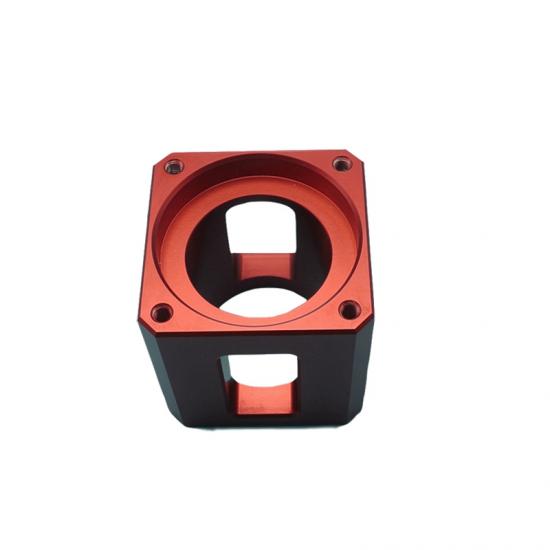
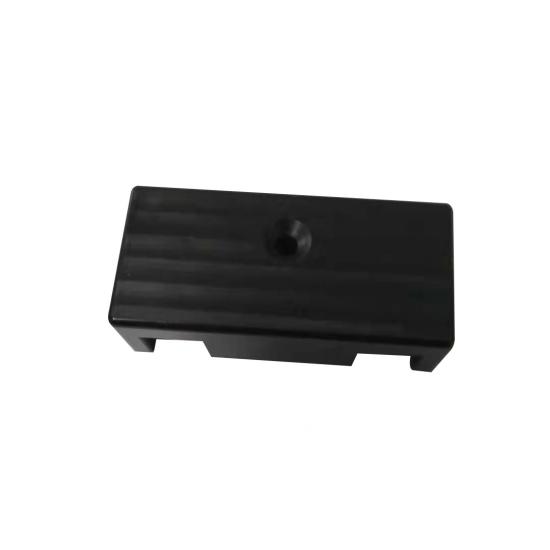
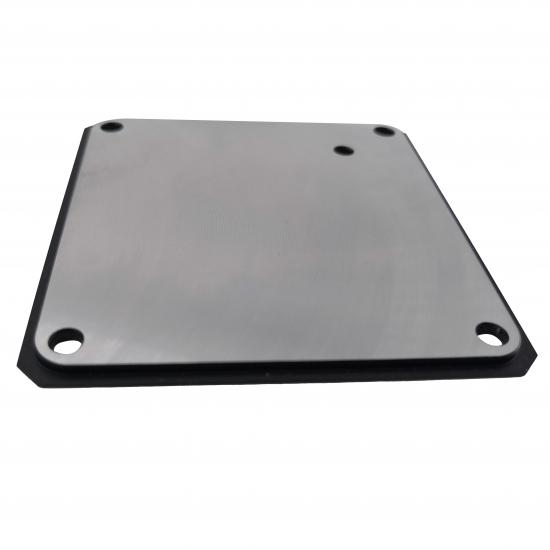

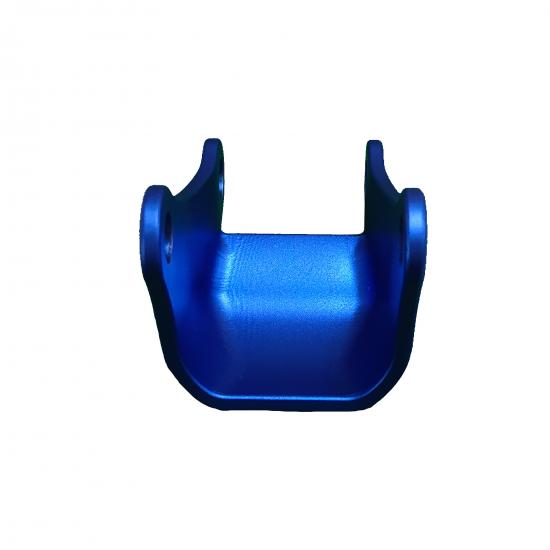

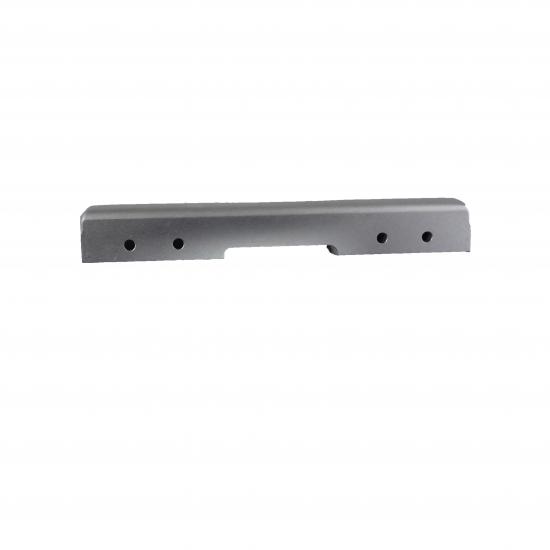
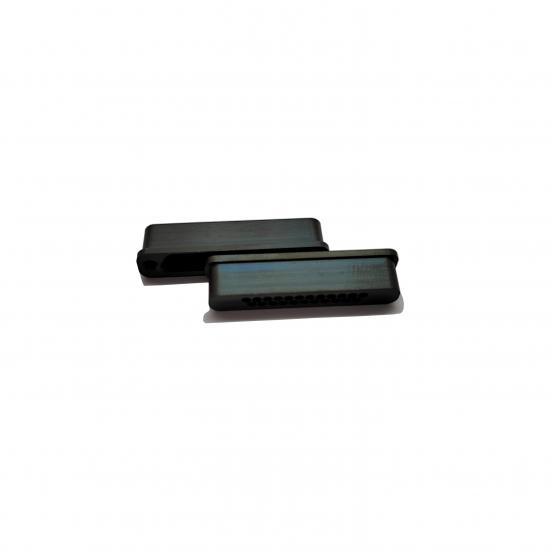

 IPv6 network supported
IPv6 network supported
